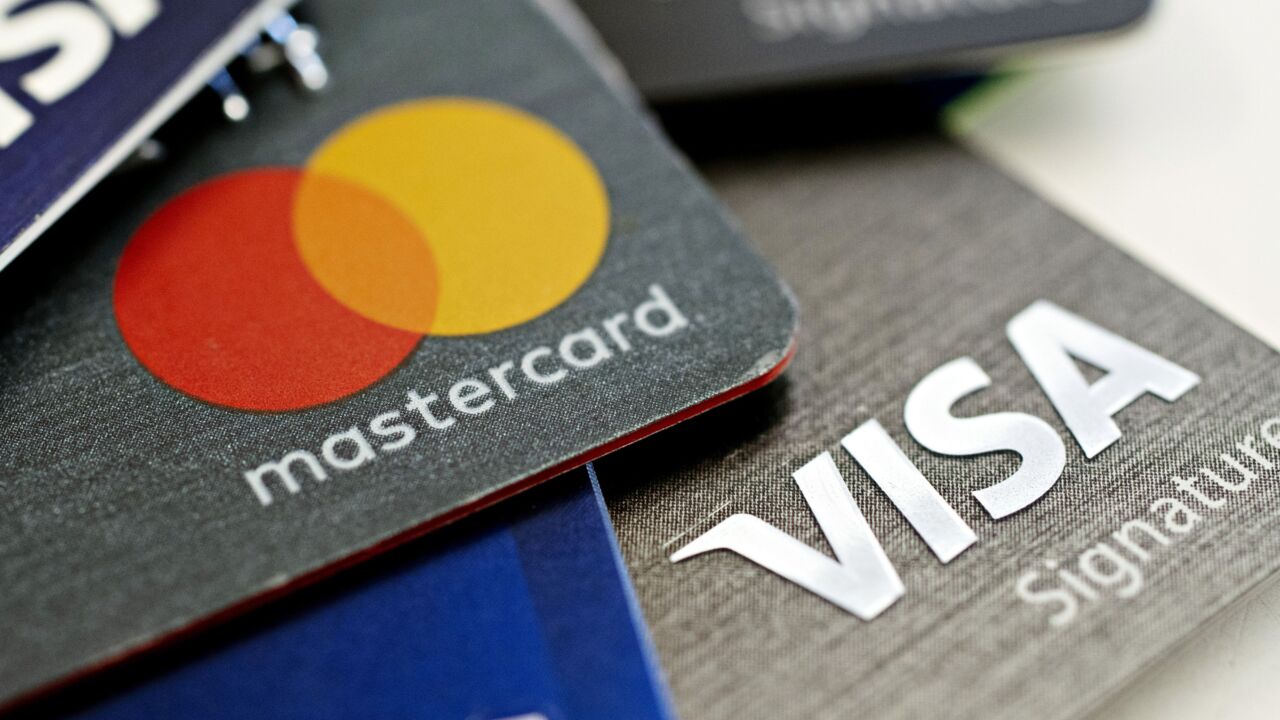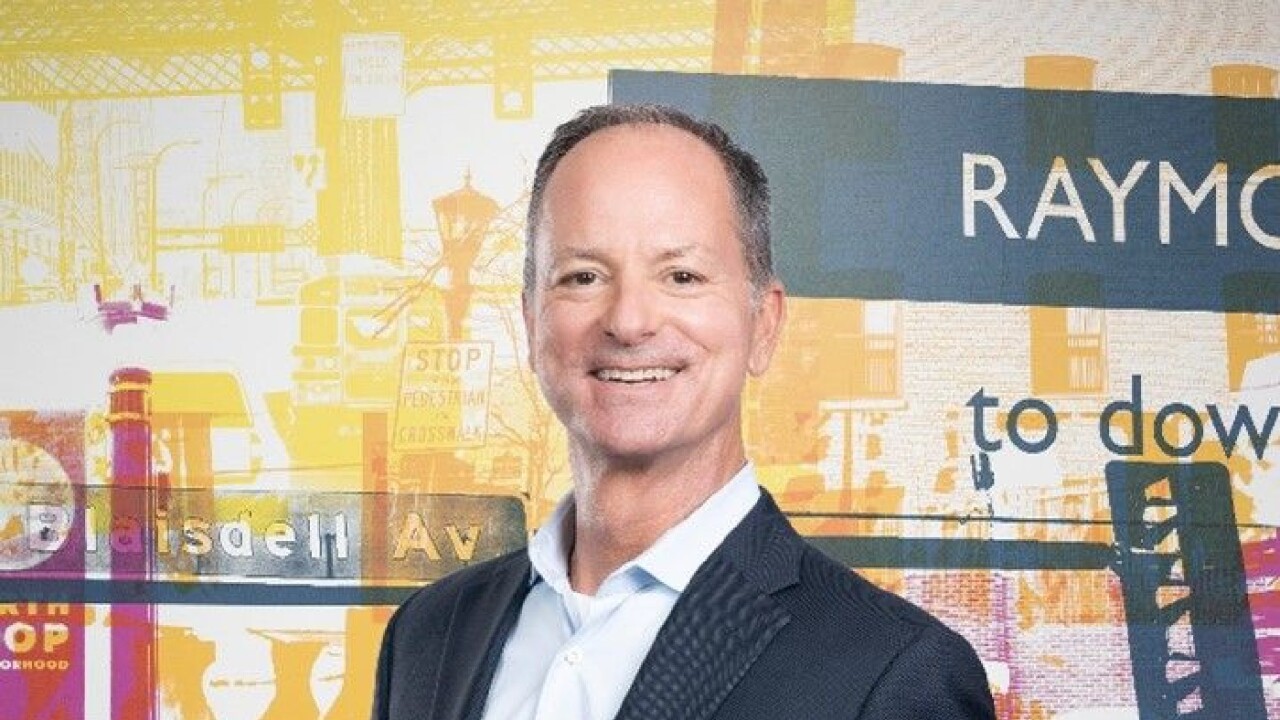The disparities, last-minute additions and disputes in a contractor's payment are giving the business gateway Qualpay a chance to use an invoice fixer as a differentiator in a market filled with payment companies that are morphing into general software sellers.
The 4-year-old Qualpay released an invoicing product this week that's accessible through a user interface or Qualpay's API. The invoicing portal adds to a payment gateway and a recurring billing option. The invoices are viewable on a dashboard to track status and manage documentation tied to payments or work orders.

The invoices, which are stacked on a suite of merchant and payment services, are an acknowledgment that all payment gateways must differentiate while expanding horizontally.
The use cases for such technology are the contractors whose costs change after they are hired, thus requiring them to charge a different fee to customers, said Craig Gass, CEO of the San Mateo, Calif.-based Qualpay. "That doesn't lend itself to the e-commerce store."
In such situations, simpler solutions aren't necessarily better — but vendors must still be wary of lumping too much into a single product, said Rick Oglesby, president of AZ Payments Group.
"The [companies] try to help merchants simplify to a single one-stop shop," Oglesby said. "It’s harder than it seems. However, meeting all of the capabilities of many different companies within a single solution is not easy to accomplish, and the solutions are frequently cobbled together through acquisitions, which in the end doesn’t help the merchant much because the merchant still has to interface with the underlying platforms of the acquired companies, so the experience is still similar to dealing with multiple firms."
Other providers that traditionally serve one part of the payments process are buying or developing tools that serve other parts, turning from hardware providers or e-commerce payment enablers into diversified vendors to sell a broad range of services for merchants.
Stripe and Square, which have provided pressure for the companies to keep up, have also added services over the past year to push payments acceptance into the background in their messaging.
In Qualpay's case, the presentment and payment acceptance are in one place, as are services such as reminders and alerts and data that supports audits and business tracking, which is designed to make the amount of payment more flexible—or to break up one larger payments into smaller itemized pieces as unanticipated needs arise.
"A soup-to-nuts platform in the cloud allows you go open up one lid and have the gateway, billing, subscription and merchant accounts all visible in one place," Gass said.
This way, a freelancer's contract for a specific project can change in real time by combining tracking the work and the terms of payment. Or a business such as a travel agent can bill different customers or clients separately based on hotel preference or travel upgrades for individual customers from within the same user experience, rather than relying on different apps or programs.
"Not all clients sell in the same way," Gass said. "Some want verbal communication, some want online. The key is to provide them with that choice without having to go to other systems."





